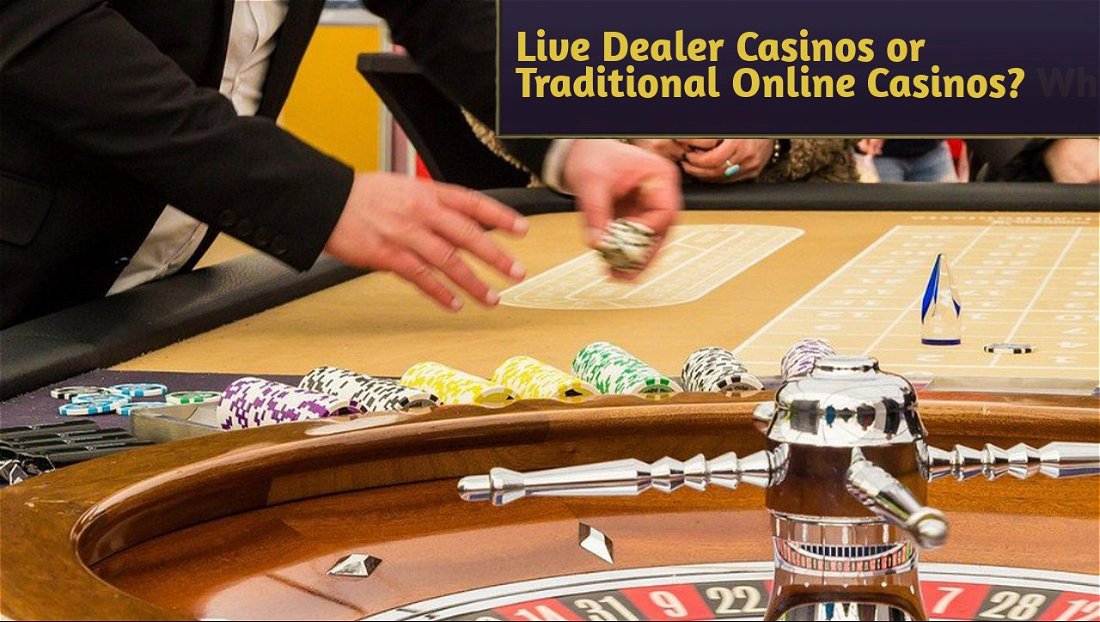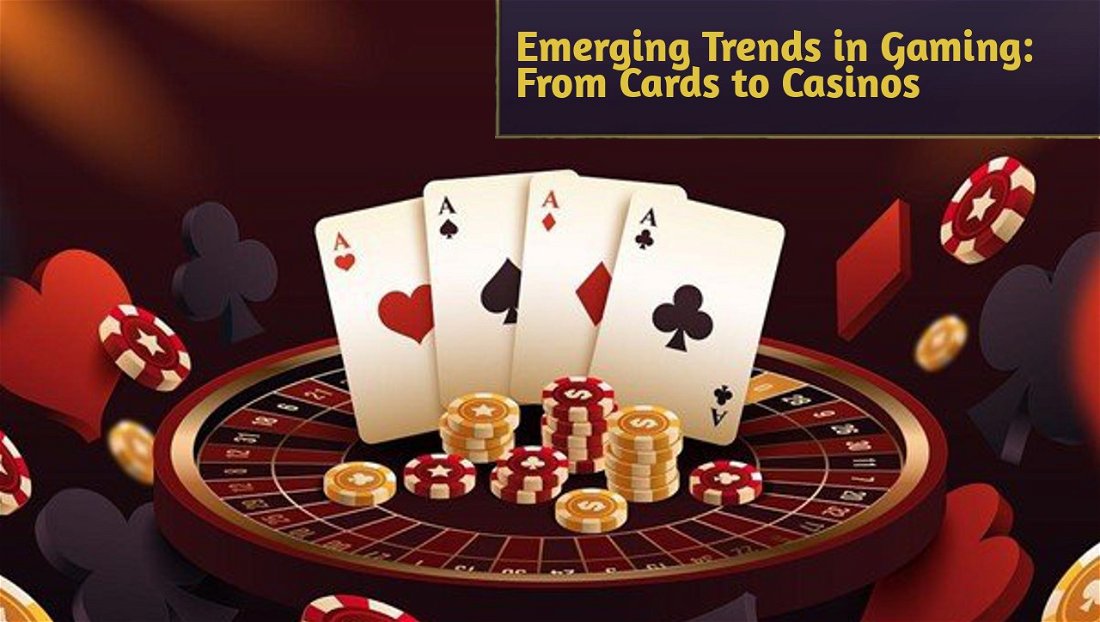Card games are more than simply shuffled decks of cards; they're a worldwide craze that stretches from the bustling streets of Tokyo to the ancient temples of Kyoto. Typical card games in Japan? They are the originals of strategy and amusement, fitting into daily existence like a well-worn kimono. Keep reading to delve into their lengthy past and how their astute tactics influenced the development of contemporary blackjack, the most popular game in casinos all over the world as reviewed here by experts in the field thoroughly.
Origins of Traditional Japanese Card Games
Classical Japanese card games combine traditional customs with sheer entertainment, making them feel like time capsules from long ago. Consider the video games Hanafuda and Karuta, which offer much more than just enjoyment. Envision exquisitely drawn cards that capture the essence of Japan's seasons, mythology, and natural beauty, all neatly packaged for a game night experience. They were more than simply games and entertainment; they were genuine teaching aids and social connectors that united participants via acute intellect and fast thinking.
Hanafuda: The Floral Cards of Strategy
Hanafuda, also known as "flower power cards," erupted in the 18th century during Japan's Edo era and quickly gained popularity. Envision a deck of 48 cards that elegantly depict the months of the year, each overflowing with colorful flower motifs. In this game, players aren't simply taking in the scenery; they're also matching cards with a great deal of strategic flair, identifying patterns as if they were playing a game of chess among plants. These strategic abilities aren't only for show; they've found their way into contemporary classics like blackjack, where winning strategy depends on your ability to recognize card combinations and calculate probabilities.
Karuta: Poetry and Precision
Karuta is more than simply a card game; it's a literary throwback to Japan's Heian Period (794-1185 AD). Imagine a game where players compete to grab waka cards—specific cards that include traditional Japanese poetry—faster than you can say "samurai showdown." It all comes down to having keen hearing, fast reflexes, and a talent for old books. Introducing blackjack, a game where quick judgments and deft handling of the dealer's movements are essential. With every hand dealt, Karuta's speed and accuracy strive to outwit and outplay opponents, so they're more than simply history lectures. Think of it as a ninja training program for blackjack experts.
Strategy and Psychology in Japanese Card Games
Outwitting your opponent is more important in traditional Japanese card games than just using the right cards. It's like Jedi training for the mind. Players develop their ability to read minds, predict actions, and remain composed under pressure by playing games like Hanafuda and Karuta. Yes, these ninja techniques apply straight to blackjack, where the key strategies are maintaining your composure, managing risk, and bluffing. The gaming secrets of Japan aren't just about winning; they're about influencing the global casino professionals' mental strategies one calculated step at a time.
Impact on Modern Blackjack: Strategic Insights
More than merely new strategies, traditional Japanese card games have provided modern blackjack players with a cheat code for winning the game. Think of Hanafuda's ability to recognize patterns and Karuta's ability to make decisions quickly. These are not only showpiece abilities. They have influenced how seasoned blackjack players identify patterns, weigh odds, and stack the deck in their favor. It all comes down to treating the game like a chessboard, making crucial movements, and demonstrating that blackjack players in Japan have a secret weapon.
Cultural Significance and Adaptation
Blackjack has gained a great deal of cultural flare from traditional Japanese card games, in addition to its influence on strategy. Consider the breathtaking artwork of Hanafuda, who is regarded as the Picasso of card games. Her creations inspire themed blackjack variations that elevate the visual appeal of casinos throughout the globe. Furthermore, the fair play mentality of blackjack tournaments and gaming crews nowadays meshes perfectly with the gaming culture of Japan, which is characterized by honor, discipline, and fearless tenacity. Delivering a little bit of Japan's gaming culture to the international gaming scene is more important than just the cards.
Future Prospects and Cross-Cultural Exchange
In the future, combining historic Japanese card games with contemporary blackjack will be like seeing a skilled chef combine unusual spices with a beloved recipe—it's all about the right balance of flavors. There's growing interest in combining various gaming ideas and methods as gaming cultures interact on a worldwide level. This not only increases gameplay excitement but also pays homage to the diverse range of gaming technologies and international customs. The finest of traditional charm and cutting-edge flare are woven together in this alluring card game that blends old-school charm with cutting-edge twists.
Closing Remarks
In summary, classic Japanese card games are comparable to the pioneers of card game strategy and cultural coolness. The way that modern blackjack rolls are significantly influenced by these games, whether it's Karuta's poetic challenges or Hanafuda's artistic blooming. Their emphasis on cunning, mental tricks, and rich cultural connotations continues to transform blackjack as we play it, demonstrating the seriousness of Japan's gambling heritage. These antiquated games will continue to inspire fresh concepts and intertwine cultures as technology advances.










— Commenti 0
, Reazioni 1
Diventa il primo a commentare